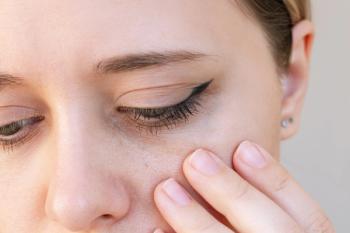
The Latest in Wound Healing Science
Robert S. Kirsner, MD, PhD, presents new pearls in wound healing science that could change how medical professionals approach patient care.
At his session, "Wound Healing Advances in 2023," Robert S. Kirsner, MD, PhD, chairman and Harvey Blank professor in the Dr. Phillip Frost Department of Dermatology and Cutaneous Surgery at the University of Miami Miller School of Medicine in Miami, Florida, discusses the latest in wound healing science and advances that he has observed in the field. He talked to Dermatology Times® about what he would like the audience to take away from this presentation.
Transcript
Robert Kirsner, MD, PhD: Hi, I'm Robert Kirsner, I'm chair of dermatology at the University of Miami. I just gave a talk and wound healing at Maui Derm. And I just wanted to highlight a couple of things I talked about. One of the things I talked about was a relatively new observation about pretibial myxedema; that new drugs that are used to treat thyroid eye disease, teprotumumab, has been shown to reduce or improve pretibial myxedema in patients with thyroid eye disease. So the same drug that has been used for thyroid disease for the eyes can help thyroid disease in the skin. Another entity that we sometimes think about when we see patients with swollen legs and have mucin on the legs, but don't have thyroid disease, and there's something called stasis mucinosis. This is a condition that seems to be fairly common in patients with venous disease. It turns out that venous disease along with lymphedema in obese patients can drive use in production of fibroblasts. That can be a common complication to patients with swollen legs. And the second thing I want to tell you about is the idea that there's a GI microbiome, that seems to be very important with regard to healing of the skin. Studies suggest that you can modulate the gut microbiome, perhaps with the use of lactobacillus, such as in Yogurt, and at least in animals, in humans and experimental wounds, there seems to be better healing in patients and in animals that eat yogurt compared to those that don't. The mechanism of action is quite interesting. And there's certainly going to be more to come with regard to the GI microbiome and wound healing. So I hope you can use this information to take better care of your patients with wounds, swollen legs, and to speed their healing through changing their diet. Thank you.
Transcript edited for clarity
Newsletter
Like what you’re reading? Subscribe to Dermatology Times for weekly updates on therapies, innovations, and real-world practice tips.
















